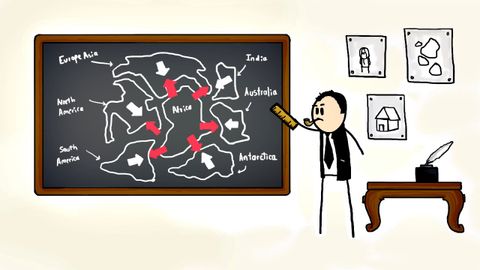
Subtitles & vocabulary
Plate Tectonics Explained
00
稲葉白兎 posted on 2015/01/24Save
Video vocabulary
eventually
US /ɪˈvɛntʃuəli/
・
UK /ɪˈventʃuəli/
- Adverb
- After a long time; after many attempts; in the end
- At some later time; in the future
A2
More edge
US /ɛdʒ/
・
UK /edʒ/
- Noun (Countable/Uncountable)
- An advantage you have over others
- Cutting side of a sharp object
- Transitive Verb
- To cut something to make the blade sharp
- To go around the boundary of something
A2TOEIC
More drive
US /draɪv/
・
UK /draɪv/
- Noun (Countable/Uncountable)
- A person's ambition and motivation to do something
- Action of moving cattle from one place to another
- Transitive Verb
- To move cattle from one place to another
- To control a vehicle so that it moves somewhere
A1TOEIC
More core
US /kɔr, kor/
・
UK /kɔ:(r)/
- Transitive Verb
- To take out the central section of a fruit
- Noun (Countable/Uncountable)
- Important central part of something
- The hard central part of certain fruits, containing the seeds.
A2
More Use Energy
Unlock All Vocabulary
Unlock pronunciation, explanations, and filters
